
Focus on overcoming and improving air pollution in Hanoi and Ho Chi Minh City in the period 2026-2030
Accordingly, the Plan clearly states: the goal for the 2026 - 2030 period is to control, prevent and gradually overcome and improve air pollution in key economic areas, focusing on solving air pollution in Hanoi, Ho Chi Minh City and neighboring provinces, enhancing the capacity to prevent and control air quality nationwide, contributing to protecting public health, building a green economy and sustainable growth.
By 2030, 100% of vehicles participating in road traffic will be managed and controlled for emissions according to the roadmap.
By 2030, air quality nationwide will be gradually controlled and improved, specifically:
In Hanoi city, the average annual PM2.5 dust concentration in 2030 will reach below 40 µg/m³ (down 20% compared to the average level in 2024) at measuring points of national air quality monitoring stations; other air quality parameters will be maintained, ensuring compliance with national technical regulations on the environment. The percentage of days in the year with the air quality index (VN_AQI) at good and average levels will reach at least 80%.
100% of major emission sources in production types with high risk of air pollution: cement, thermal power, steel smelting, boilers... nationwide are strictly managed and controlled and have a roadmap to gradually reduce emissions; 100% of vehicles participating in road traffic (including cars, motorbikes, and scooters) are managed and controlled for emissions according to the roadmap for applying national technical standards and regulations on emissions of vehicles participating in road traffic.
The urban transport infrastructure system is synchronously completed, meeting the orientation of gradually increasing the rate of green transport and public transport; the public transport system is invested, upgraded, and converted to using clean, green, and environmentally friendly energy; provinces and cities carry out the conversion and upgrade of public transport according to Decision No. 876/QD-TTg dated July 22, 2022 of the Prime Minister on approving the Action Program on green energy conversion, reducing carbon and methane emissions of the transport sector. For Hanoi and Ho Chi Minh City, by 2030, 100% of public transport will use clean, green, and environmentally friendly energy; promulgate and organize the implementation of policies to encourage and support freight and passenger transport vehicles in the form of technology vehicles (shippers) to be supported to convert to using clean, green, and environmentally friendly energy.
Stop illegal open burning of garbage and agricultural by-products
Public area sanitation has been enhanced, the situation of sand, dust and garbage accumulation along traffic routes and public areas has been thoroughly handled; the green tree system has been supplemented and completed in a multi-layered direction, creating urban landscape and reducing dust emission; the ratio of green trees, water surfaces and parks in urban areas ensures approved regulations and planning; 100% of construction sites are strictly managed; environmental protection measures, covering and washing construction site vehicles are strictly implemented, ensuring compliance with regulations; 100% of waste generated from construction activities is strictly managed according to regulations.
End illegal open burning of garbage and agricultural by-products; strive for 100% of by-products from crop production in the fields (straw, stubble, etc.) to be reused and recycled by appropriate measures; 100% of spiritual and religious establishments have solutions to reduce dust and emissions from burning votive paper.
By 2030, the whole country strives to have 1,200 green construction works.
Establish and put into operation the "National Air Pollution Warning, Forecasting and Control System" to carry out inter-sectoral coordination, direction, coordination, monitoring, forecasting of air quality and warning of risks to implement actions to respond to serious air pollution.
After 2030, the concentration of PM2.5 fine dust in Hanoi will decrease by an average of 5 µg/m³ in each 5-year planning period, with the goal that by 2045, the concentration of PM2.5 dust will reach the national technical standards on ambient air quality. Air quality in Hanoi and other provinces and cities across the country will be maintained at a good level.
Establishment of National Steering Committee on air pollution remediation
To realize the goal, the Plan sets out 9 main tasks and solutions including: perfecting the legal policy system on controlling and managing air quality; researching, applying and transferring technology; controlling and minimizing sources of emissions from industrial activities; managing emissions from traffic activities, strengthening the public transport system and converting to green, environmentally friendly transport; managing construction activities, enhancing sanitation in public areas and concentrated residential areas, building smart urban landscapes and contributing to improving air quality; strictly controlling open burning activities (burning agricultural by-products, household waste and burning activities in craft villages); building monitoring, warning and forecasting capacity to control emissions and operate the National Air Pollution Warning, Forecasting and Control System; inspecting, checking, supervising and handling violations; enhancing the effectiveness of international cooperation, information and communication activities.
In addition, a National Steering Committee on Air Pollution Remediation was established to help the Prime Minister research, direct, and coordinate the resolution of important, inter-sectoral tasks to manage air quality, and first of all, to solve the air pollution problem in the capital region.
The Ministry of Agriculture and Environment shall preside over assigned tasks, coordinate with ministries, branches and localities to organize the implementation of this Plan; develop and submit to competent authorities for consideration and promulgation of coordination regulations and measures for inter-regional and inter-provincial air quality management to improve the efficiency and responsibility of ministries, branches and localities in air quality management; direct and guide localities to develop and implement provincial-level air quality management plans; build and operate the National Air Pollution Warning, Forecasting and Control System; build a national database on emission sources (traffic, domestic, agricultural, construction, solid waste treatment plants, industrial parks, craft villages and inter-provincial sources such as thermal power plants, cement plants, etc.); invest in building and perfecting the national environmental monitoring system in a synchronous, automatic and modern direction; Research the issuance of policies on circular economic solutions for agricultural by-products, propose support policies to ensure benefits for people in encouraging collection, transportation, and reuse; coordinate with relevant agencies to organize communication programs and activities on environmental protection and improving air quality; organize a preliminary review of the implementation results of the Plan by the end of 2027 and a summary by the end of 2030 to report to the Prime Minister.
The Decision also clearly stipulates the tasks for ministries, ministerial-level agencies, government agencies; People's Committees of provinces and cities; the Central Committee of the Vietnam Fatherland Front and member socio-political organizations in organizing the implementation of this Plan.
This Decision takes effect from the date of signing and promulgation (November 19, 2025).
Snow Letter
Source: https://baochinhphu.vn/den-nam-2030-100-public-transportation-means-of-life-in-hanoi-va-tphcm-su-dung-nang-luong-sach-xanh-than-thien-moi-truong-102251119140504534.htm







![[Photo] The Standing Committee of the Organizing Subcommittee serving the 14th National Party Congress meets on information and propaganda work for the Congress.](https://vphoto.vietnam.vn/thumb/1200x675/vietnam/resource/IMAGE/2025/11/19/1763531906775_tieu-ban-phuc-vu-dh-19-11-9302-614-jpg.webp)














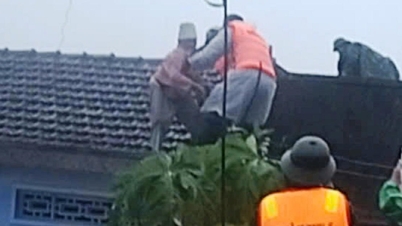



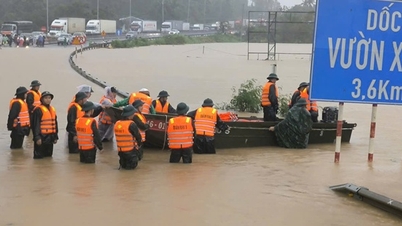
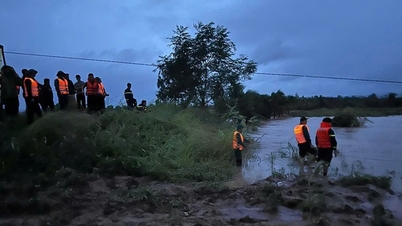




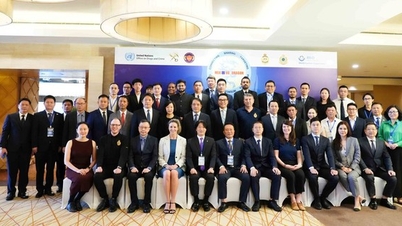
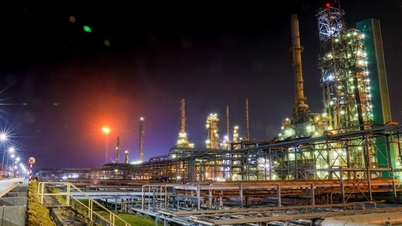

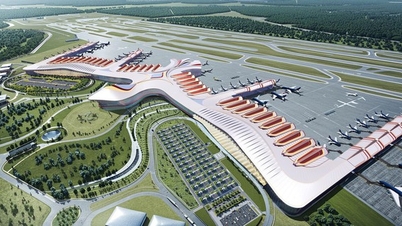


![[Photo] General Secretary To Lam receives Slovakian Deputy Prime Minister and Minister of Defense Robert Kalinak](https://vphoto.vietnam.vn/thumb/1200x675/vietnam/resource/IMAGE/2025/11/18/1763467091441_a1-bnd-8261-6981-jpg.webp)
![[Photo] Prime Minister Pham Minh Chinh and his wife meet the Vietnamese community in Algeria](https://vphoto.vietnam.vn/thumb/1200x675/vietnam/resource/IMAGE/2025/11/19/1763510299099_1763510015166-jpg.webp)









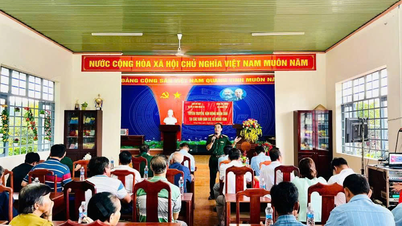











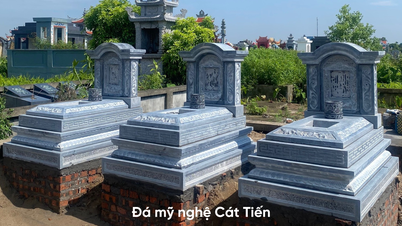



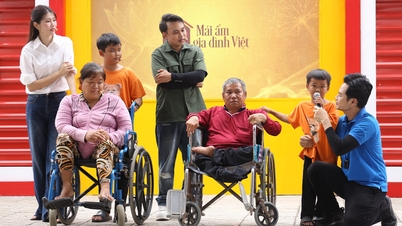
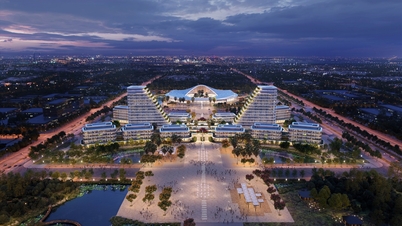




















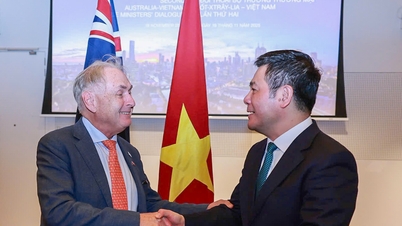



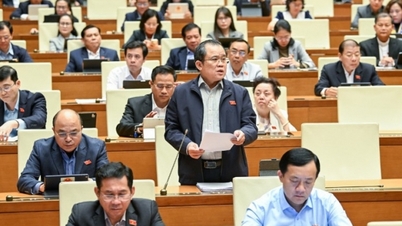

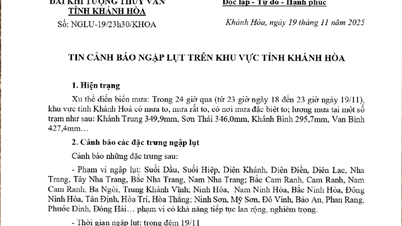


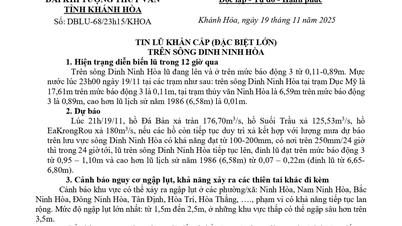
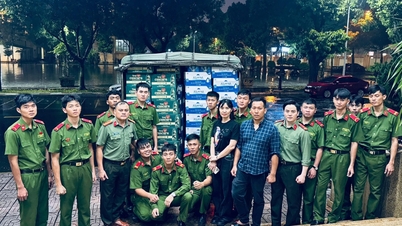
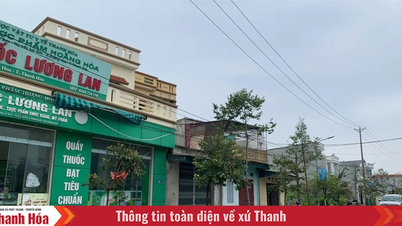












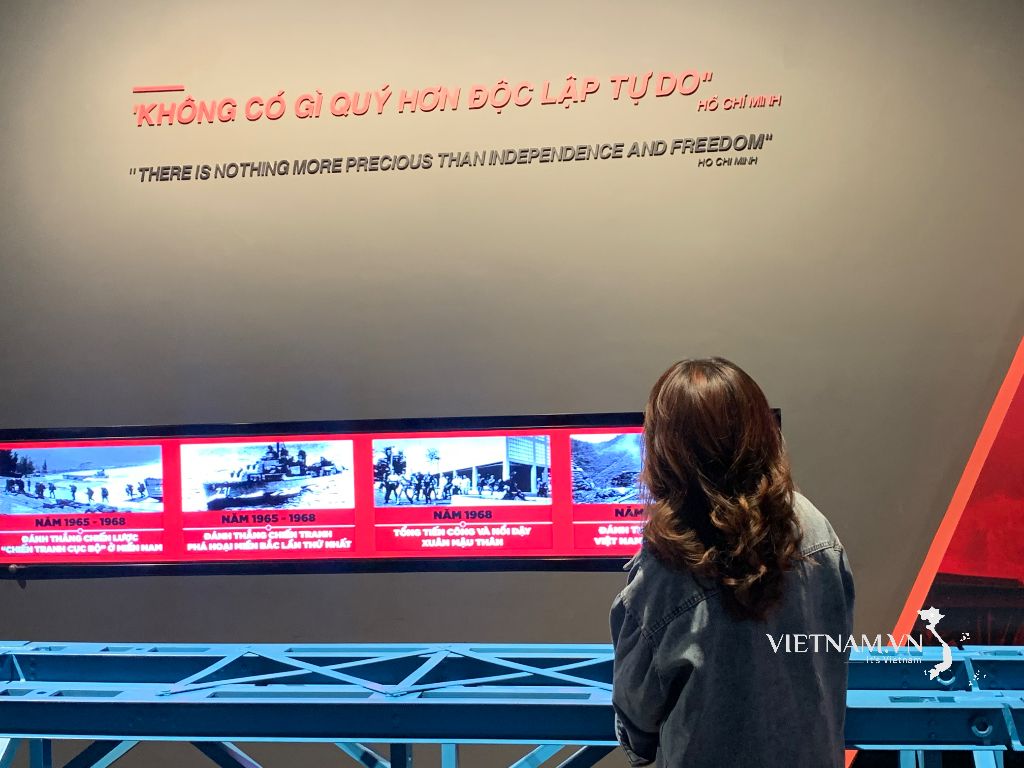


Comment (0)